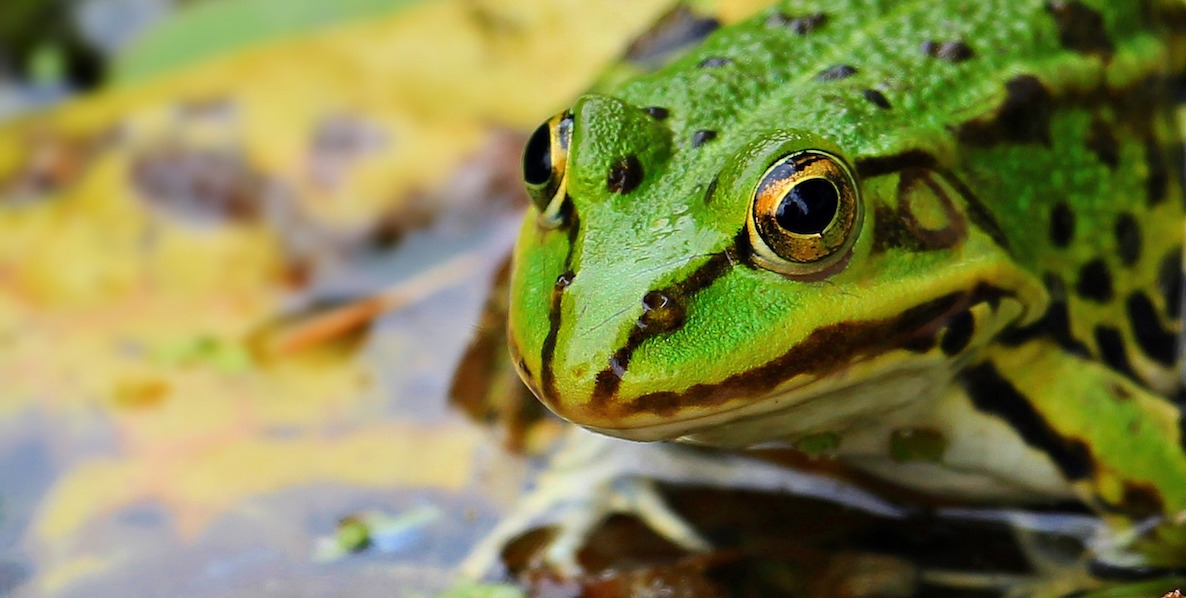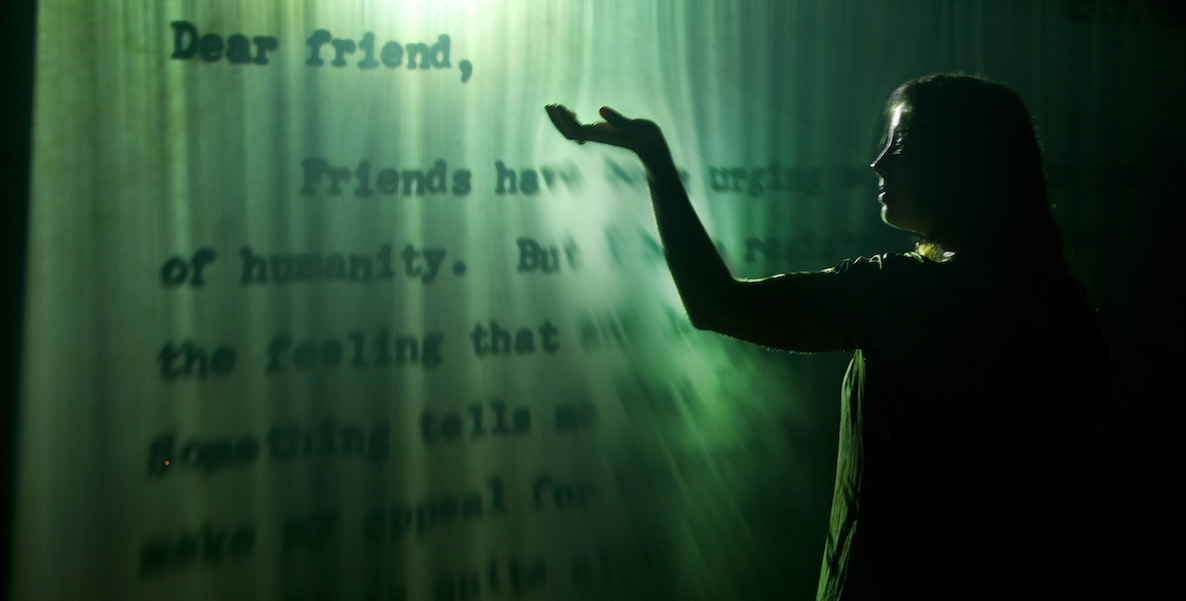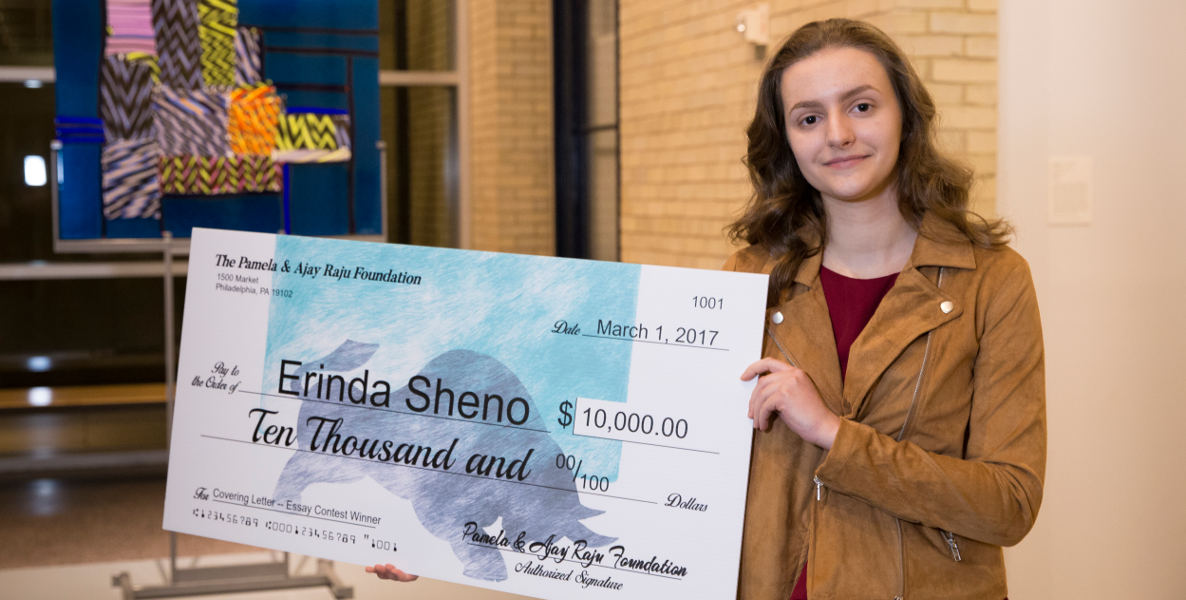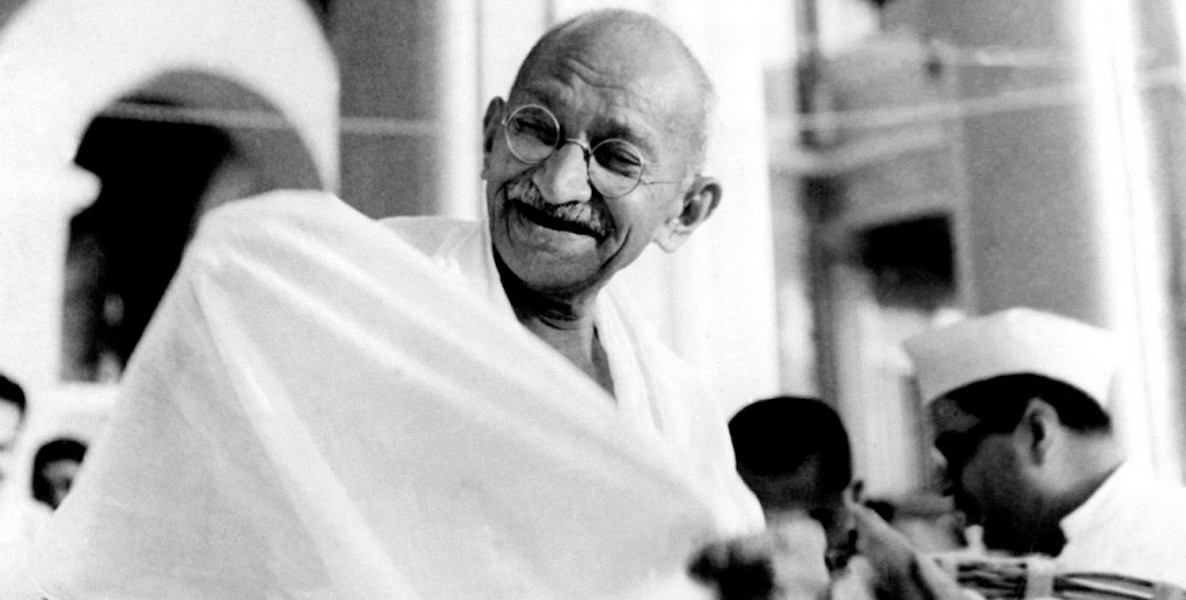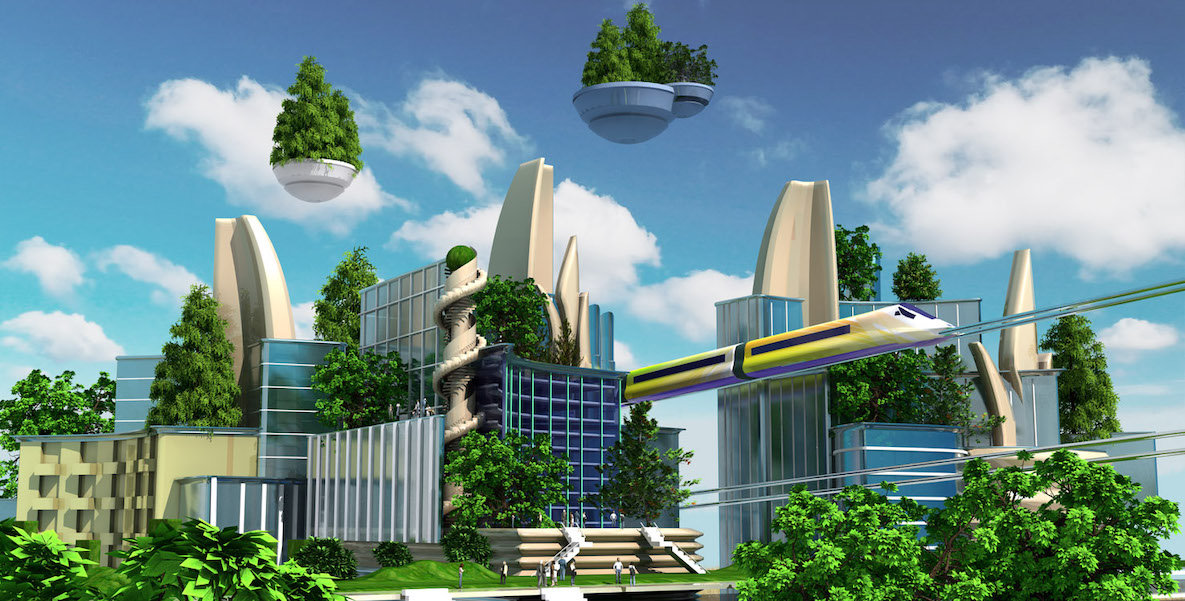If you want to know about our future, ask a young person. They, after all, are the ones who have to live in it; we are just borrowing their world. Chances are, the answers you get will be as varied as there are possibilities: Technological, scientific, environmental advances—and challenges. Innovations that make our world smaller—for better and worse. Economic and political realities that bring us closer together—or push us further apart.
![]()
“Teenagers are much more open to multiple possibilities than adults are,” notes Adam Rizzo, museum educator at the Philadelphia Museum of Art. “They’re able to imagine the future in more divergent ways than any adult can.”
This is the idea behind this year’s Pamela & Ajay Raju Foundation essay contest, for high schoolers around the region, in partnership with the Art Museum. The contest plays off the themes of the museum’s fall exhibition, Designs for Different Futures, a multi-media event that will combine art, technology, costume, and other sources—including cricket farms!—to convey what we might experience in the future.
With the essay, students are being asked to consider: What are the benefits, limits, and even dangers of new technologies that you imagine could impact our future in both positive and negative ways?
It is, Ajay Raju says, intended to be a jumping off point to encourage young people to think about their world—and their place in it.
“It doesn’t matter who wins to me: It’s the idea that around 400 kids took the time to pause and reflect on what they want a future to look like,” Raju says. “I bet you, if we sift through all the essays, we will find nuggets of ideas that only the high school students who have future in mind more than we do could come up with. That is victory.”
With the essay, students are being asked to consider: What are the benefits, limits, and even dangers of new technologies that you imagine could impact our future in both positive and negative ways?
This is the third year of the Raju Foundation essay contest, an annual event that gives us a glimpse into the brilliant minds of high schoolers. The first year, right after the presidential election, asked students to reflect on Jitish Kallat’s Covering Letter, an art installation donated by the Foundation to the PMA that features a letter Mahatma Gandhi sent to Adolf Hitler in 1939. That year, 400 students used Gandhi’s words as the basis for an exploration of how to seek common ground with our enemies. Erinda Shendo, at the time a student at The Arts Academy at Benjamin Rush, won for her piece titled “Practicing Radical Hope,” which we ran in The Citizen.
Last year, the Foundation partnered with the Philadelphia Zoo to ask students to identify a water challenge facing our region, with a specific focus on amphibians, and then to articulate a “realistic and innovative solution” that could be implemented. Hadley Ball, a senior at Penn Charter, won for an essay about reducing pesticide use in the quest for a perfect lawn, which also ran in The Citizen.
In both the previous years, the winners received a $10,000 scholarship from the Raju Foundation; Hadley also received another $5,000 to help implement her idea with the Zoo. This year, the prize is a $5,000 scholarship and another $5,000 to work with curators at the PMA to purchase a piece of art for its collection—to be displayed during the new exhibit—that will always have the winning student’s name on it.
![]()
Rizzo, who is the PMA’s schools liaisons officer, is spreading word of the contest throughout the school district, hoping to draw in as diverse and widespread a group of entries as possible both to solicit essay ideas—and to draw them in to the work of the museum. It is also the perfect melding of Raju’s passions: He sits on the PMA’s board, and runs the Germination Project, a civic leadership program for accomplished high schoolers in the region. (Raju is also co-founder of The Citizen.)
“I believe that the museum—even though in some ways, the city looks at it like a crypt—has become the platform where contemporary and futuristic thoughts are being mulled about,” he says.
More than that, Raju says he plans to hold the essay contest every year, because it serves a larger purpose: “It gets people thinking about our city, and their own versions of its possible future,” he says. “It makes them better citizens.”



